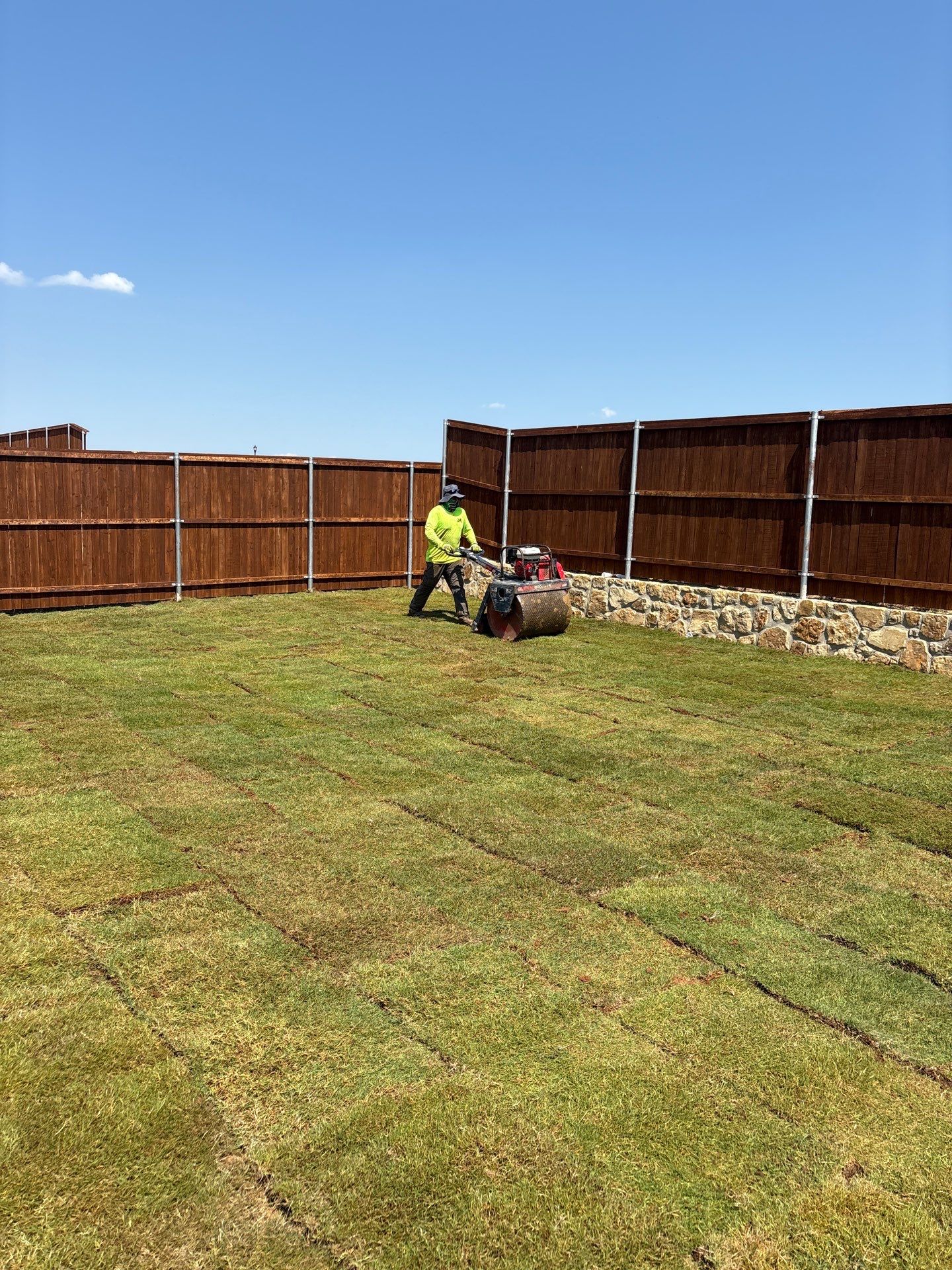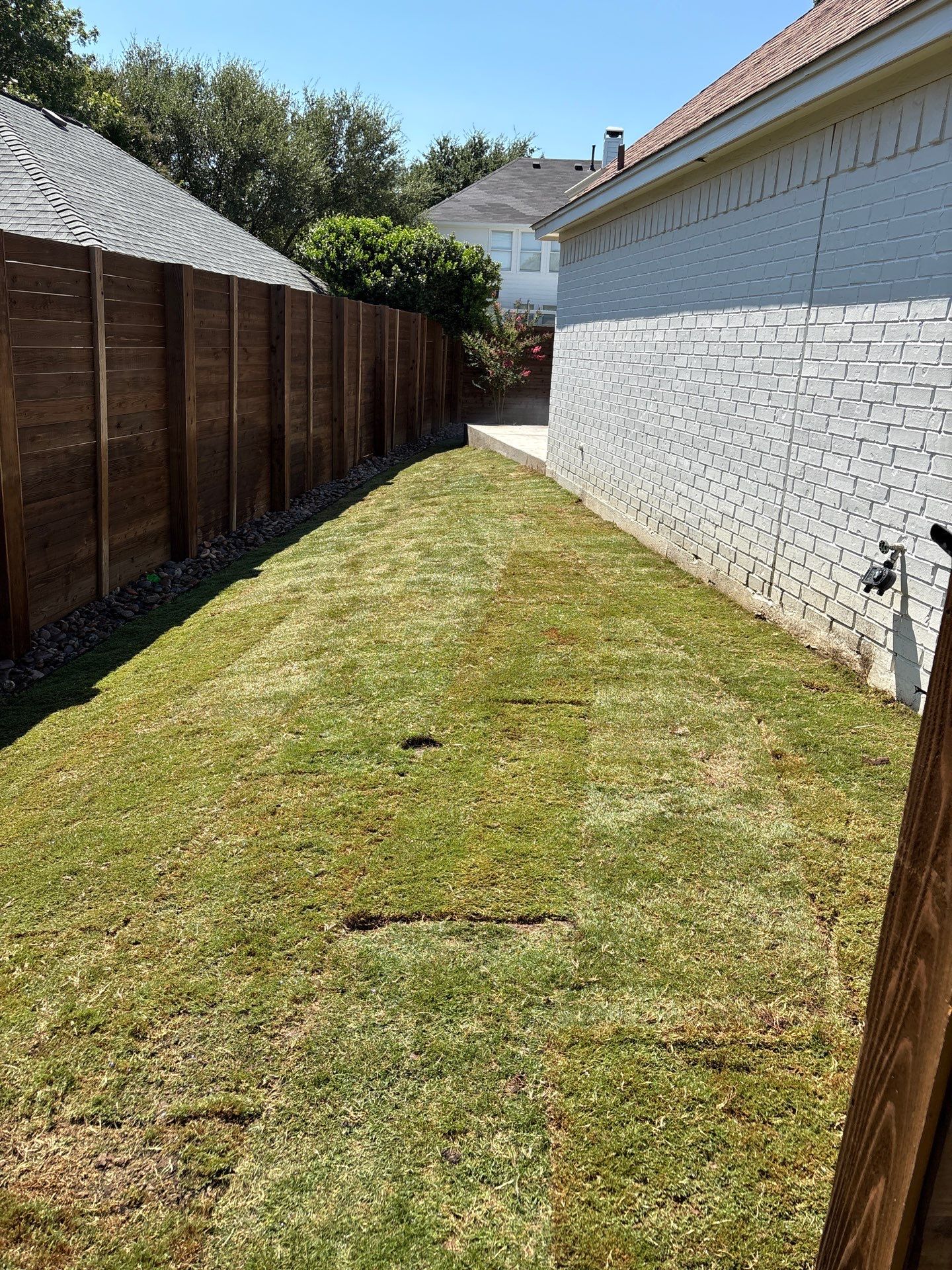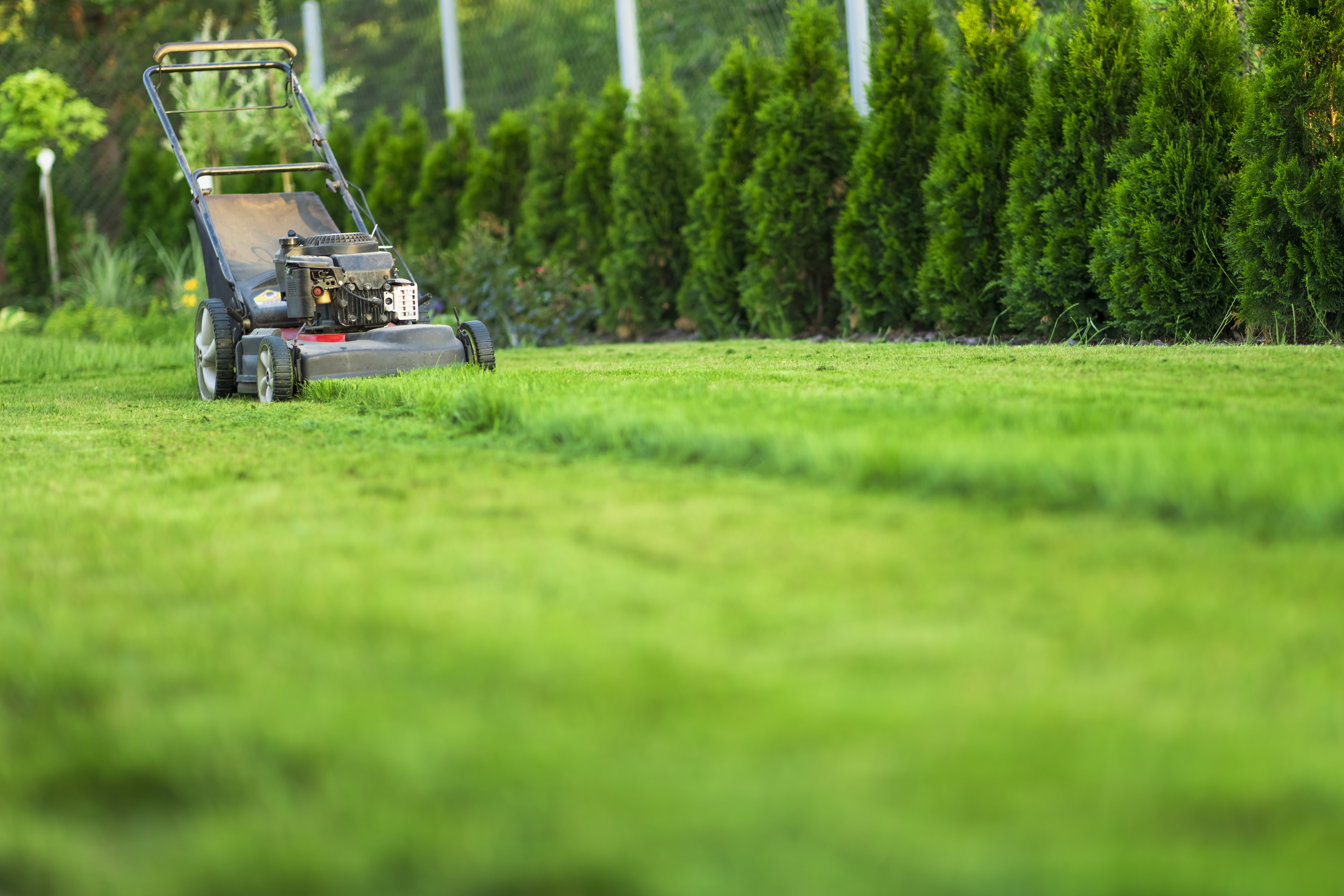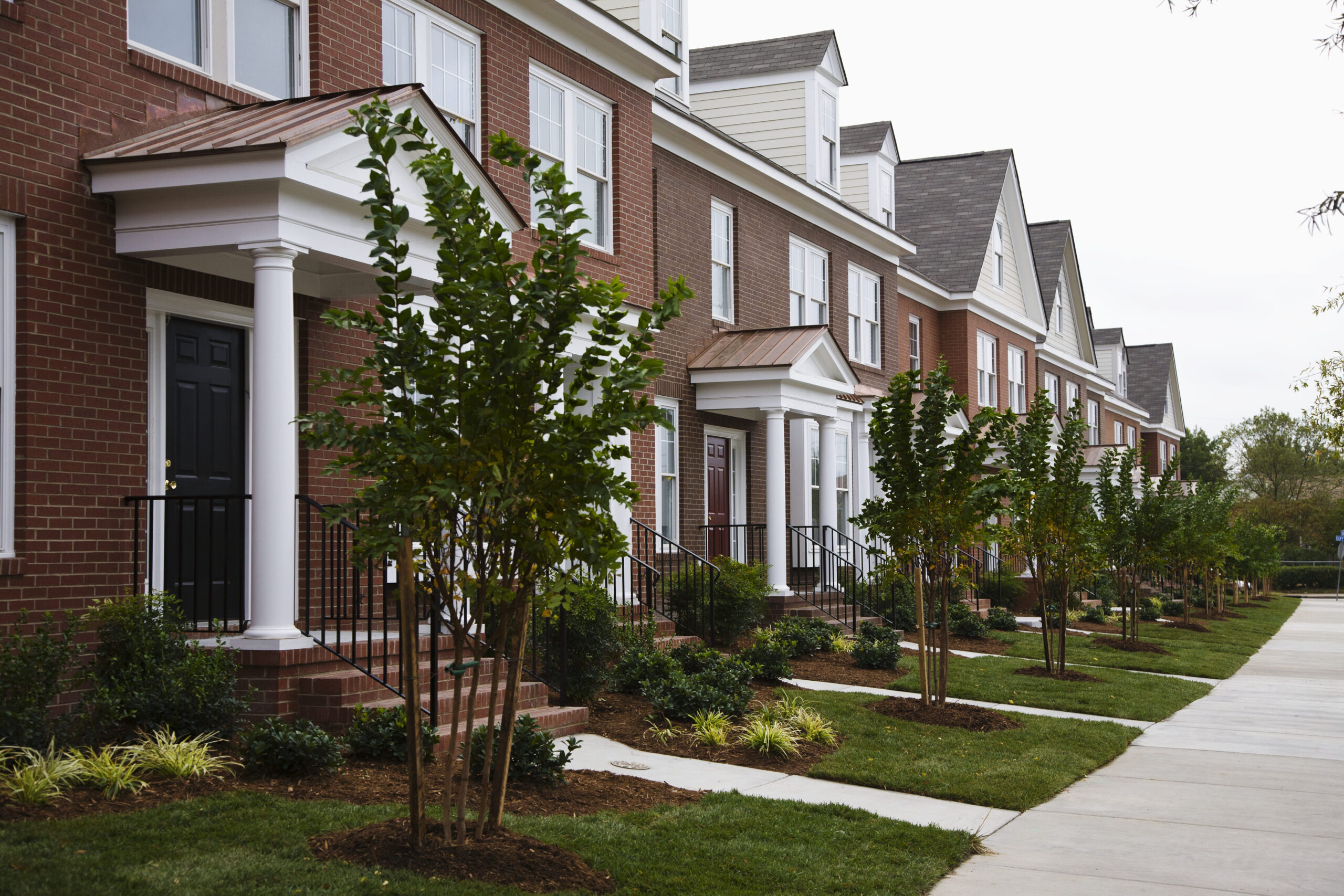Installing sod in North Texas offers homeowners a fast and effective way to achieve a lush, green lawn. With the unique climate and soil conditions in this region, understanding the best practices for sod installation is key to ensuring long-term success. Homeowners need to consider factors like the best time to install sod, selecting the right type for full sun or shady areas, and preparing the ground effectively. This guide will walk you through the essential steps, including choosing the best soil for your sod, the tools required for installation, and tips for watering and mowing. Whether you're a seasoned gardener or a novice, these tips will help you cultivate a thriving lawn, and if you need further assistance, don't hesitate to contact us for professional support.
Preparing for Sod Installation

Before you start laying your new lawn, it's crucial to prepare properly. This section covers the best time to install sod, the tools you'll need, and how to choose the right soil for optimal growth.
Best Time to Install Sod
In North Texas, timing is key for successful sod installation. The ideal window typically falls in late spring or early fall, when temperatures are mild and rainfall is more frequent.
Spring installations benefit from the upcoming growing season, allowing the sod to establish strong roots before summer heat. Fall installations take advantage of cooler temperatures and often require less watering.
Laying sod during extreme heat, will require frequent watering so ensuring your sprinkler system is operational is vital.
Tools for Sod Installation
Proper tools are essential for a smooth sod installation process. Here's what you'll need:
Sod cutter: For removing existing grass and leveling the ground
Bow rake: To smooth out the soil surface
Wheelbarrow: For transporting sod rolls
Sharp knife or sod cutter: To trim sod pieces as needed
Additionally, you'll want a sod roller to ensure good sod-to-soil contact and eliminate air pockets. Don't forget personal protective equipment like gloves and sturdy shoes.
For larger areas, consider renting specialized equipment from local hardware stores to make the job easier and more efficient.
Choosing Best Soil for Sod
The right soil is fundamental for healthy sod growth. In North Texas, a well-draining, nutrient-rich soil is ideal for most grass types.
Start by testing your soil pH and nutrient levels. Most sod varieties prefer slightly acidic to neutral soil (pH 6.0-7.0). If needed, amend the soil with lime to raise pH or sulfur to lower it.
Incorporate organic matter like compost to improve soil structure and nutrient content. This helps retain moisture while promoting good drainage, essential for strong root development.
For clay-heavy soils common in parts of North Texas, adding sand can improve drainage. However, be cautious not to overdo it, as too much sand can create other issues.
Selecting the Right Sod
Choosing the appropriate sod type is crucial for a thriving lawn in North Texas. This section explores options for both sunny and shaded areas to help you make the best choice for your landscape.

Full Sun Sod Choices
For areas receiving full sun exposure in North Texas, several grass types thrive and provide a lush, green lawn.
Bermuda grass is a popular choice due to its heat tolerance and durability. It establishes quickly and can withstand heavy foot traffic, making it ideal for active yards.
Zoysia grass is another excellent option for sunny spots. It forms a dense, carpet-like turf that's resistant to weeds and requires less water than some other varieties.
St. Augustine grass also performs well in full sun when properly maintained. It creates a thick, lush lawn but may require more water than Bermuda or Zoysia.
Consider factors like maintenance requirements, water needs, and your specific soil type when making your selection. Local nurseries or lawn care professionals can provide guidance tailored to your specific location and needs.
Shady Sod Options
Finding the right sod for shaded areas can be challenging, but several options work well in North Texas.
St. Augustine grass varieties are often the top choice for shaded lawns. It tolerates low light conditions better than many other warm-season grasses and maintains a lush appearance.
Zoysia grass, particularly fine-bladed varieties, can also perform well in partial shade. While it prefers full sun, it adapts better to shade than Bermuda grass.
For heavily shaded areas, consider shade-tolerant groundcovers as alternatives to traditional turf. Options like mondo grass or ferns can provide green coverage where grass struggles to grow.
Remember that even shade-tolerant grasses need some sunlight. Pruning overhanging branches to allow dappled light can significantly improve grass health in shaded areas.
Post-Installation Care

After laying your new sod, proper care is crucial for establishing a healthy, long-lasting lawn. This section covers essential maintenance tasks, including the first mow, watering tips, and when to seek professional help.
First Mow After Sod
Timing your first mow is crucial for encouraging strong root development in your new sod. Generally, wait until the sod has rooted into the soil beneath, which typically takes about two to four weeks.
Before mowing, gently lift a corner of the sod. If it resists and feels firmly attached, it's ready for its first trim. Check various areas throughout the lawn to ensure it's fully rooted. Set your mower to a higher setting for this initial cut, removing no more than 1/3 of the grass blade length.
Ensure your mower blades are sharp to make clean cuts and avoid tearing the grass. After mowing, remove any clippings to prevent smothering the new grass. Gradually lower the mowing height over subsequent cuts to reach the ideal height for your grass type.
Watering Sod Tips
Proper watering is critical in the weeks following sod installation. Initially, keep the sod consistently moist but not waterlogged.
For the couple of weeks, water lightly several times a day, especially during hot weather. This prevents the sod from drying out as it establishes roots. In the following weeks, reduce frequency but increase the amount of water per session to encourage deeper root growth.
After the third week, transition to deeper, less frequent watering. This promotes strong root development and drought resistance. Water early in the morning to minimize evaporation and fungal growth.
Monitor your lawn closely and adjust watering based on weather conditions and signs of stress. Yellowing or wilting grass indicates a need for more water, while soggy areas suggest overwatering.
Contact us for help
While this guide provides a solid foundation for sod installation and care, professional assistance can ensure the best results for your North Texas lawn.
Our team of experienced landscapers can help with:
Soil testing and preparation
Sod selection tailored to your specific yard conditions
Professional installation services
Customized care plans for your new lawn
Don't hesitate to reach out if you encounter challenges or simply want expert guidance. We're here to help you achieve and maintain the lush, green lawn you desire.
Contact us today for a consultation or to schedule our services. Let's work together to create the perfect lawn for your North Texas home.





